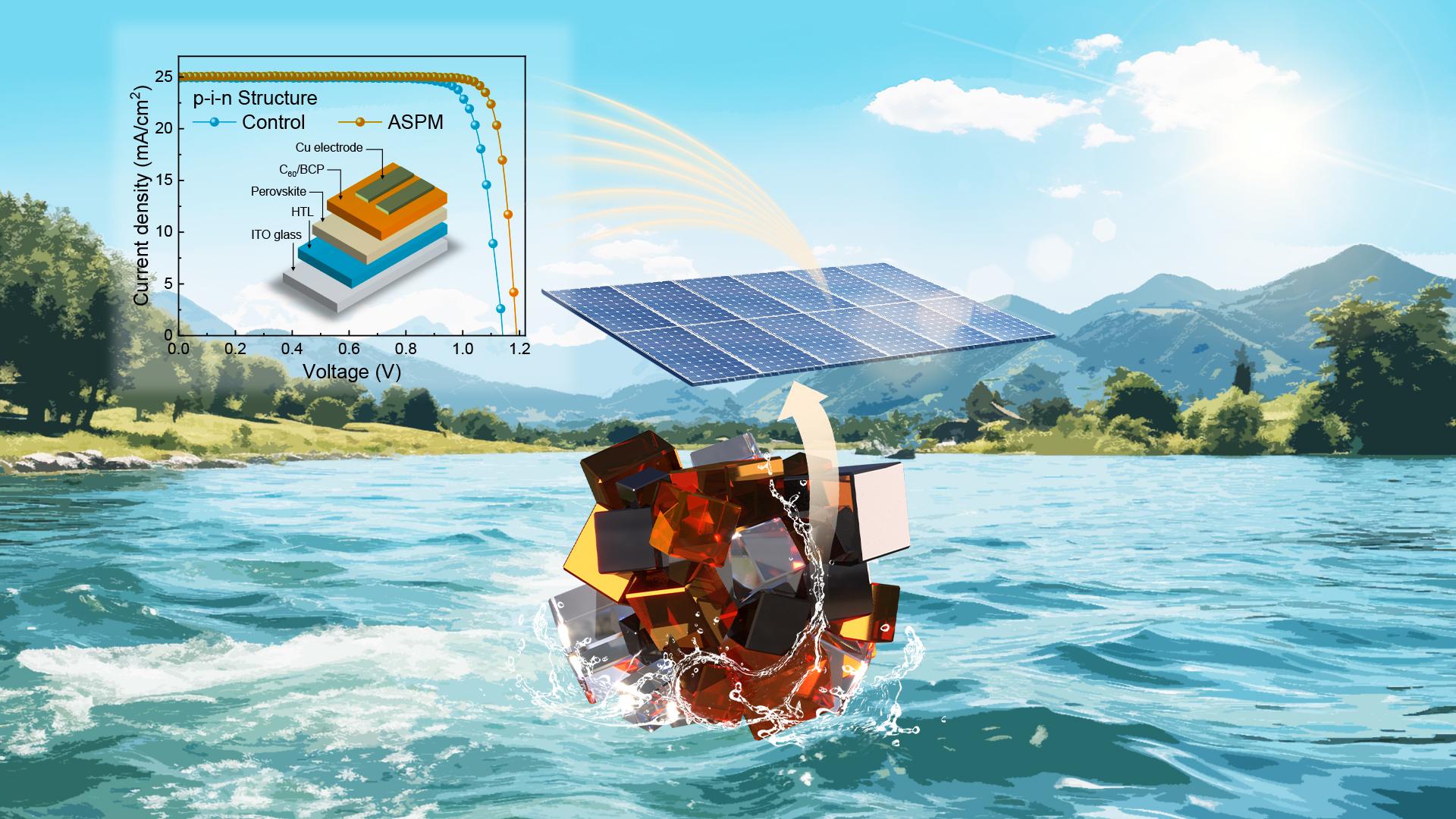Perovskite photovoltaic technology represents a promising frontier in next-generation solar cells. Despite its potential for low-cost fabrication and impressive energy conversion efficiency of 26.1%, the presence of defects within the perovskite layer has posed a significant challenge to achieving optimal performance. Previous research primarily focused on mitigating these defects through additives or interface modifications. Compounding the issue, impurities found in commercial lead iodide (PbI2) reagents could accelerate the degradation of perovskite solutions, leading to the formation of harmful byproducts.
Furthermore, non-stoichiometric ratios of precursor mixtures, such as formamidinium iodide (FAI) and PbI2, could result in the generation of elemental iodine (I2) impurities, adversely affecting solution pH and device performance after aging. Thus, ensuring the purity of perovskite precursors becomes paramount in reducing intrinsic defects caused by impurities.
In addressing these inherent challenges associated with perovskite precursors, researchers have shifted towards synthesizing perovskite film precursor materials using pre-synthesized perovskite crystal raw materials, moving away from the monomer-mixed technique. However, current methods for synthesizing these perovskite crystals suffer from drawbacks such as the use of toxic solvents, low synthesis purity, and low yields, hampering the broader application of perovskite crystal technology.

Led by Chair Professor Baomin Xu from the Department of Materials Science and Engineering at the Southern University of Science and Technology (SUSTech), researchers have developed a novel method for synthesizing perovskite precursors using water as a solvent. They have thoroughly investigated the purification mechanism of aqueous-phase synthesized perovskite crystals, marking a significant advancement in the field of efficient perovskite solar cells.
Their research, titled “Aqueous Synthesis of Perovskite Precursors for Highly Efficient Perovskite Solar Cells”, published in Science, unveils the purification mechanism of aqueous-phase synthesized perovskite crystal precursors. This breakthrough provides essential insights for the preparation of efficient solar cells and offers substantial cost reductions in raw materials. Notably, the study establishes solvent selection criteria for perovskite crystal synthesis and methods for evaluating perovskite crystal raw materials (Figure 1).

Figure 1. Solvent selection criteria for perovskite crystal synthesis. Image source: Science
Through aqueous-phase synthesis, the researchers successfully obtained high-purity formamidinium lead iodide (FAPbI3) crystals with an average purity of 99.994%. This achievement enables kilogram-scale production using low-cost, low-purity raw materials, slashing costs by two orders of magnitude compared to commercial PbI2 and FAI. Furthermore, the use of water solvents effectively removes impurities such as calcium, sodium, and potassium ions from the precursor, enhancing crystal purity and reducing defect density (Figure 2). This purification process extends the charge carrier diffusion length in the final perovskite film, thereby bolstering the performance of perovskite solar cells.

Figure 2. Purification mechanism of aqueous-phase synthesized perovskite crystals. Image source: Science
Using these purified precursor materials, they achieved a photovoltaic conversion efficiency (PCE) of 25.6% (certified value 25.3%) in inverted structure perovskite solar cells, maintaining 94% of the initial PCE after continuous simulated solar irradiation for 1000 hours.
This research not only provides crucial technical support for the development of future high-efficiency solar cells but also injects new momentum into the advancement of renewable energy technologies. The anticipated broader application of this achievement is poised to offer even more possibilities for the progression of clean energy solutions.
Peide Zhu, a master’s student, Deng Wang, a doctoral student, and Yong Zhang, Research Assistant Professor, all from the Department of Materials Science and Engineering at SUSTech, serve as the co-first authors of this paper. Baomin Xu, Yong Zhang, Xingzhu Wang from SUSTech, and Nam-Gyu Park from Sungkyunkwan University are the corresponding authors, with SUSTech being the first corresponding unit of the paper.
This work was supported by the National Key Research and Development Project, National Natural Science Foundation of China (NSFC), and the Shenzhen Science and Technology Innovation Committee Project.
Paper Link: https://www.science.org/doi/10.1126/science.adj7081
To read all stories about SUSTech science, subscribe to the monthly SUSTech Newsletter.
Proofread ByAdrian Cremin, Yingying XIA
Photo ByDepartment of Materials Science and Engineering